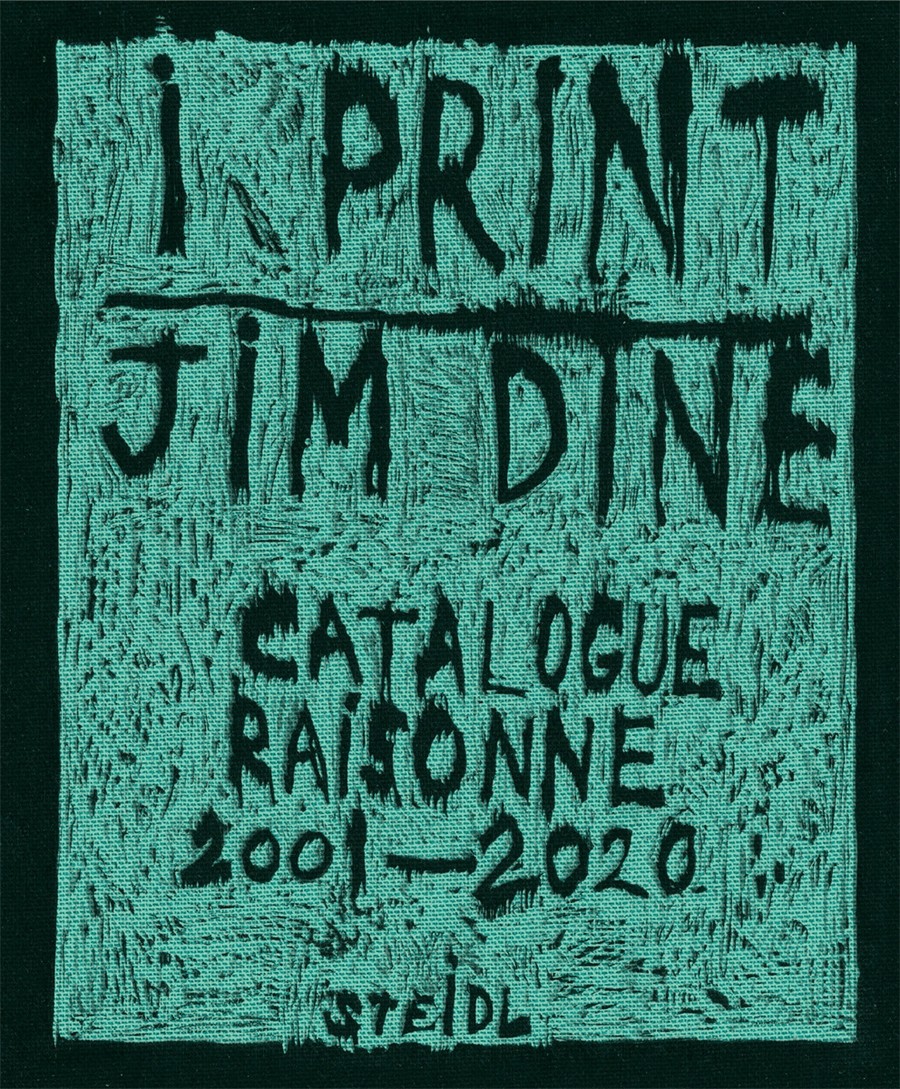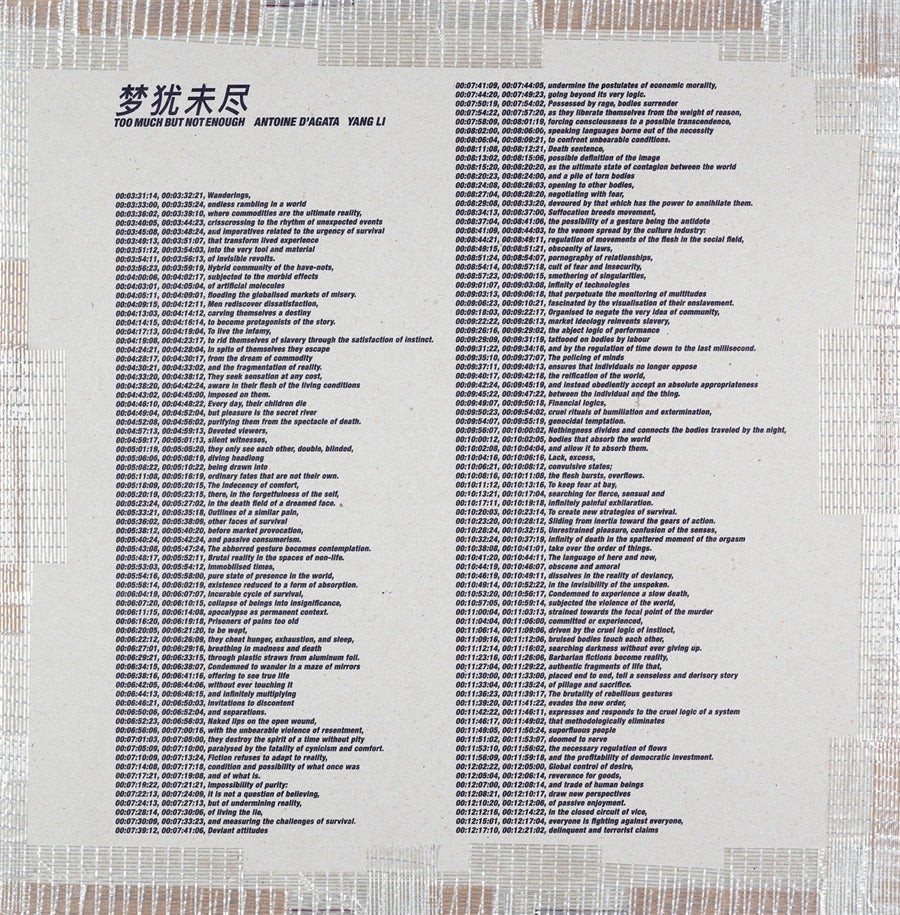Giovanni Bellini: The Last Works
Smartfox Books Code: PR39366
$197.10 NZD
Description:
Giovanni Bellini (d. 1516) worked to the end of a long career that left an indelible mark on Venetian painting. His longevity and indefatigable devotion to his art created a problem for art historians, however, for he is one of those Quattrocento masters who remained active into the period we call the High Renaissance. But while his colleagues became irrelevant, Bellini, in the first decades of the Sixteenth century, continued to be creatively vital. Indeed, he flourished as never before.
Vasari and other early writers failed to distinguish Bellini's late works from the rest of his production. Focused on Titian as the quintessential "old age" artist, subsequent writers have also paid little attention to Bellini's late work as a separate phase of his career. Such studies as there are treat everything he painted after the turn of the century as a whole and in approximation to Giorgione, said by Vasari to have invented the "maniera moderna" in Venice.
To be properly understood, Bellini's pictures from the last decade and a half of his life must be divided into two separate categories. The six paintings he made during his final years (1513-16) constitute a distinct group that differs significantly from his previous works in style, support, subject matter, and mood. Bellini did not choose the subjects of his last pictures, which were stipulated by his patrons, but in a period in which he relied more and more on assistants, his decision to undertake and personally conceive and execute them points to a special commitment on his part to their creation. The Feast of the Gods (National Gallery of Art, Washington), dated 1514, and othe
Giovanni Bellini (d. 1516) worked to the end of a long career that left an indelible mark on Venetian painting. His longevity and indefatigable devotion to his art created a problem for art historians, however, for he is one of those Quattrocento masters who remained active into the period we call the High Renaissance. But while his colleagues became irrelevant, Bellini, in the first decades of the Sixteenth century, continued to be creatively vital. Indeed, he flourished as never before.
Vasari and other early writers failed to distinguish Bellini's late works from the rest of his production. Focused on Titian as the quintessential "old age" artist, subsequent writers have also paid little attention to Bellini's late work as a separate phase of his career. Such studies as there are treat everything he painted after the turn of the century as a whole and in approximation to Giorgione, said by Vasari to have invented the "maniera moderna" in Venice.
To be properly understood, Bellini's pictures from the last decade and a half of his life must be divided into two separate categories. The six paintings he made during his final years (1513-16) constitute a distinct group that differs significantly from his previous works in style, support, subject matter, and mood. Bellini did not choose the subjects of his last pictures, which were stipulated by his patrons, but in a period in which he relied more and more on assistants, his decision to undertake and personally conceive and execute them points to a special commitment on his part to their creation. The Feast of the Gods (National Gallery of Art, Washington), dated 1514, and othe
The product may be provided by a different brand of comparable quality.
The actual product may vary slightly from the image shown.
Shop amazing plants at The Node – a top destination for plant lovers



.jpg)








.jpg)









.jpg)





.jpeg)





.jpeg)



.jpeg)








.jpeg)



.jpeg)

.jpeg)

.jpeg)

.jpeg)




.jpeg)
.jpg)

.jpeg)






.jpeg)
.jpeg)




.jpeg)





.jpeg)


.jpeg)

.jpeg)

.jpeg)

.jpeg)







.jpeg)
.jpeg)
.jpeg)





.jpeg)



.jpeg)






.jpg)
.jpeg)









.jpg)


ulva-Logo.jpg)




.jpeg)



.png)















.png)
























